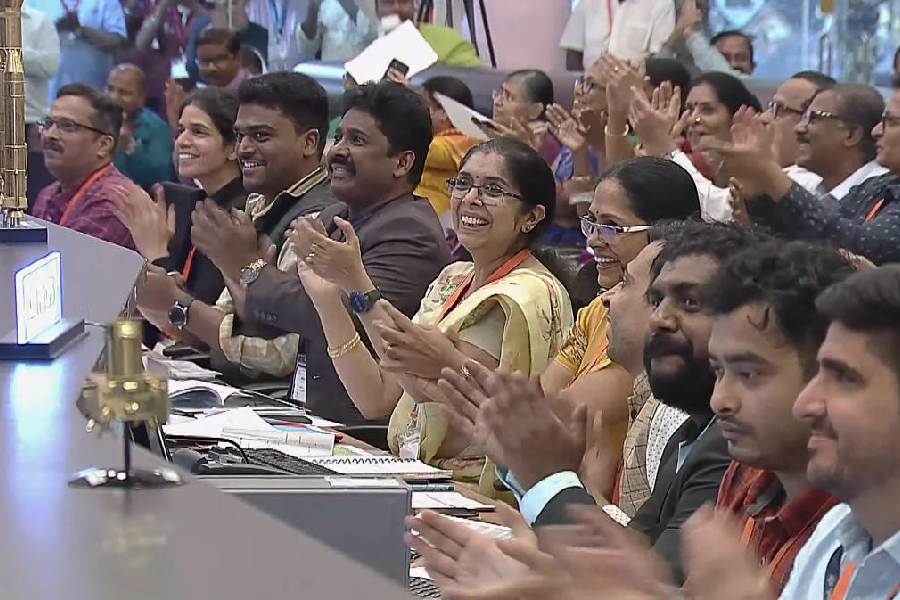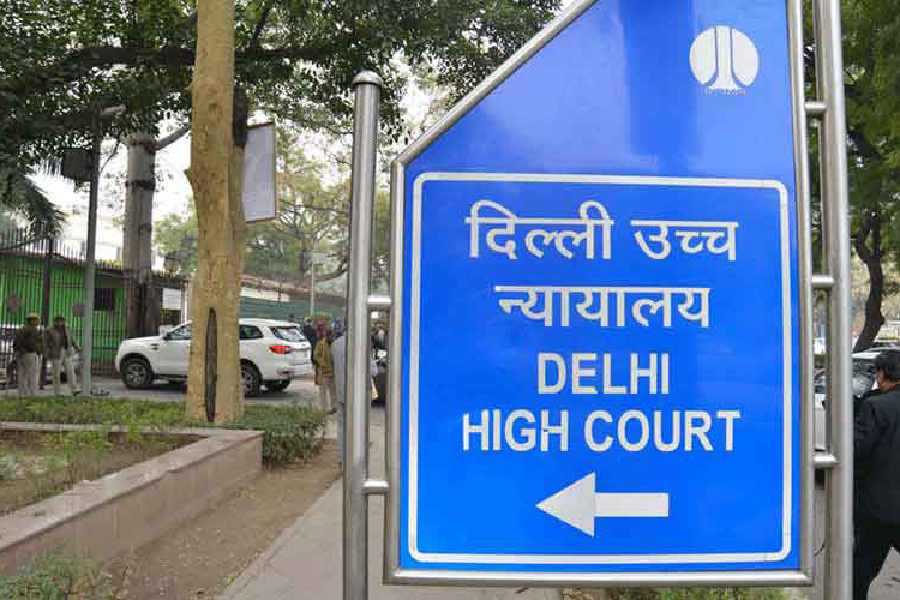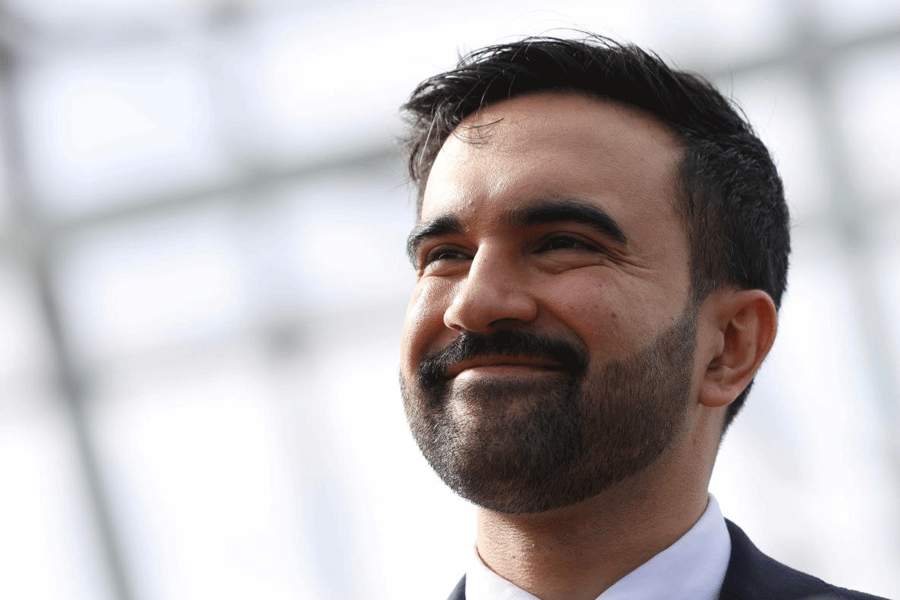New India. The phrase is often used since 2014, when Narendra Modi became Prime Minister, but the nature of the transformation has not been defined except for vague assertions about becoming “Vishwaguru” and clear evidence of religious majoritarianism.
The phrase was heard in March 1952 when first Prime Minister Jawaharlal Nehru laid the foundation stone of the Indian Institute of Technology (IIT) at Kharagpur, saying: “These are the bases on which New India will be built.”
In March 1959, laying the foundation stone of the second IIT in Bombay, Nehru said: “Among the many things that are being done in India today, the establishment of these great institutes of technical training and knowledge is perhaps the most important, not only for the present, but even more so, for the future.”
To delink the future from the past could be either political deceit or plain ignorance. While the success of the Chandrayaan-3 mission is evidence of the culmination of the space programme started decades ago, the BJP tried to steal the limelight by posting this message: “New India is flying high… Its space odyssey is in full swing. The country under Prime Minister Narendra Modi has achieved more than it ever did between Nehru and Manmohan Singh.”
The RSS-BJP ecosystem projected the grand event as Modi’s accomplishment, betraying a poor understanding of the nation-building process over the last seven decades.
While Nehru’s uncompromising emphasis on scientific temper was responsible for sowing the seeds of industrialisation and technological advancement after Independence, Indira Gandhi sustained the efforts to build the technological backbone of the country, which was religiously followed by the successive Prime Ministers.
Modi’s approach to science is reflected in his occasional interventions, such as the suggestion to extract cooking gas from nullahs or to use cloud cover to escape detection by radar, and the jokes about climate change.
Nehru, on the other hand, fought with his cabinet colleagues to pay special attention to science and technology. The first Prime Minister ensured the creation of independent institutions to promote science, fine arts, literature, music, drama, film and culture, in addition to building basic infrastructure that a nascent nation requires.
Nehru directed provincial governments through the Congress Working Committee in 1937 to appoint committees of experts on science and technology. In 1938, he interacted with scientists like Meghnad Saha and P.C. Mahalanobis in his capacity as the head of the National Planning Committee. Scientists invited him to preside over the Indian Science Congress in 1947 because of his enlightened views.
On February 3, 1947, Nehru submitted a note saying: “Modern defence as well as modern industry require scientific research both on a broad basis and in highly specialised ways.” On February 11, 1947, he drafted a note giving suggestions on the need for a Scientific Manpower Committee, which was set up in April of the same year. In 1945, he formed a high-power committee under the chairmanship of Nalini Ranjan Sarkar to establish high-grade technical institutes.
The government opened three national laboratories in one month in 1950. In the 16 years of Nehru’s presidentship of the CSIR (Council for Scientific & Industrial Research), 17 national laboratories were established.
While meeting Indian scientists to evolve a blueprint for a developed India was his priority, he developed a personal rapport with international scientists like Albert Einstein, Bertrand Russel, Henry Dale, Alexander Fleming, A.V. Hill and Niels Bohr.
The nation was built brick by brick, with visionary planning and meticulous execution. In April 1948, Nehru placed the Atomic Energy Bill before the Constituent Assembly, which accorded power to the Atomic Energy Board to carry out atomic research in a secret manner. The Atomic Energy Commission was set up on April 10, 1948. In April 1948, the foundation stone for the National Institute of Sciences was laid by Nehru. In 1954, a separate Department of Atomic Energy was set up with Homi Bhabha as secretary.
It was Nehru who set up the Indian National Committee for Space Research (INCOSPAR) in 1962 under Vikram Sarabhai and the Rocket Launching Facility (TERLS) at Thumba. In 1969, INCOSPAR became ISRO (Indian Space Research Organisation) which gave India the glory of the moon mission on Wednesday.
Congress president Mallikarjun Kharge stressed that the success of Chandrayaan-3 is the collective success of every Indian. Recalling the six-decade-long space programme, Kharge said: “In 2008, when the Moon Impact Probe (MIP), the Chandrayaan-1 Mission, carrying the Indian flag landed on the moon, we became the fourth country to land a scientific device on the moon’s surface.”
Instead of giving credit to any politician, he said: “The immaculate soft-landing of Vikram lander and Pragyaan rover is a fitting tribute to Dr Homi J. Bhabha, Dr Vikram Sarabhai, Dr Satish Dhawan, Dr Meghnad Saha, Dr Shanti Swarup Bhatnagar, Dr A.P.J. Abdul Kalam and many other legendary scientists who paved the way for India’s unmatchable progress in the field of space research and scientific dexterity. These accomplishments are a testament to the vision of Pandit Jawahar Lal Nehru who emphasised and sincerely believed that a critical commitment to science could drive the spirit of development.”
Congress communications chief Jairam Ramesh recalled how Indira Gandhi as the Prime Minister wrote an emotional letter to Satish Dhawan, who was in America on a sabbatical, to return to take care of India’s space programme after the sudden demise of Vikram Sarabhai in 1971. Ramesh has reproduced that letter in his book Intertwined Lives (P.N. Haksar & Indira Gandhi), explaining how sensitively the then Prime Minister handled issues related to science.
Ramesh wrote in his book that Dhawan set two conditions — that he would continue to head the Indian Institute of Science and the Space Commission be headquartered in Bangalore. Both the conditions were readily accepted and the world has witnessed how India’s space programme has soared after that. Knowing this arduous struggle to achieve the glory of Chandrayaan-3, it would be outrageous to negate the credit due to Nehru for building the infrastructure for the future.
False propaganda has its own importance. But Nehru had written decades ago: “Truth, as ultimate reality, must be eternal, imperishable”. It, doubtless, is.










